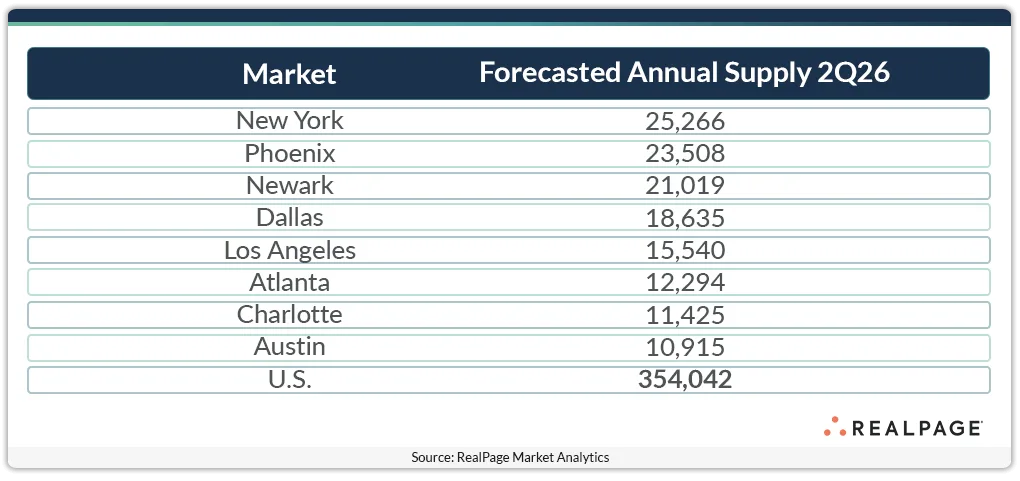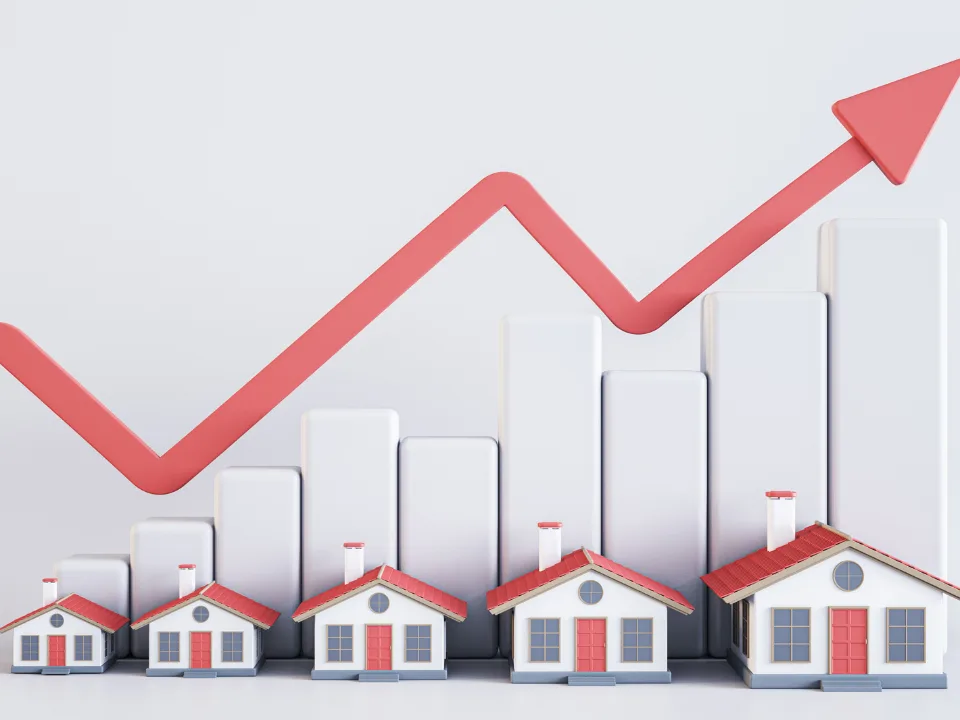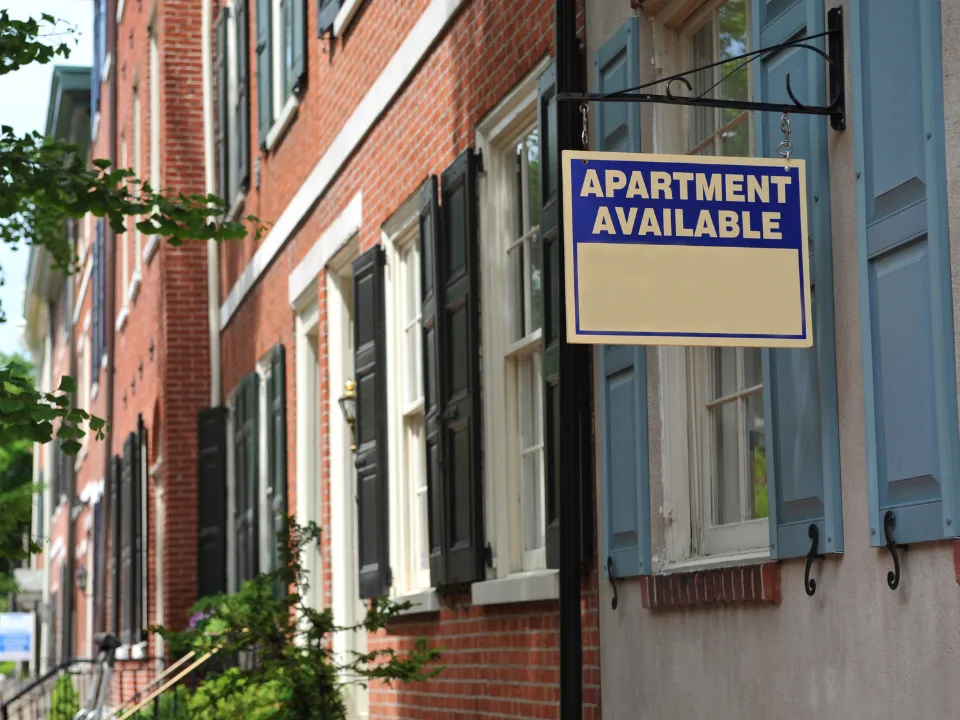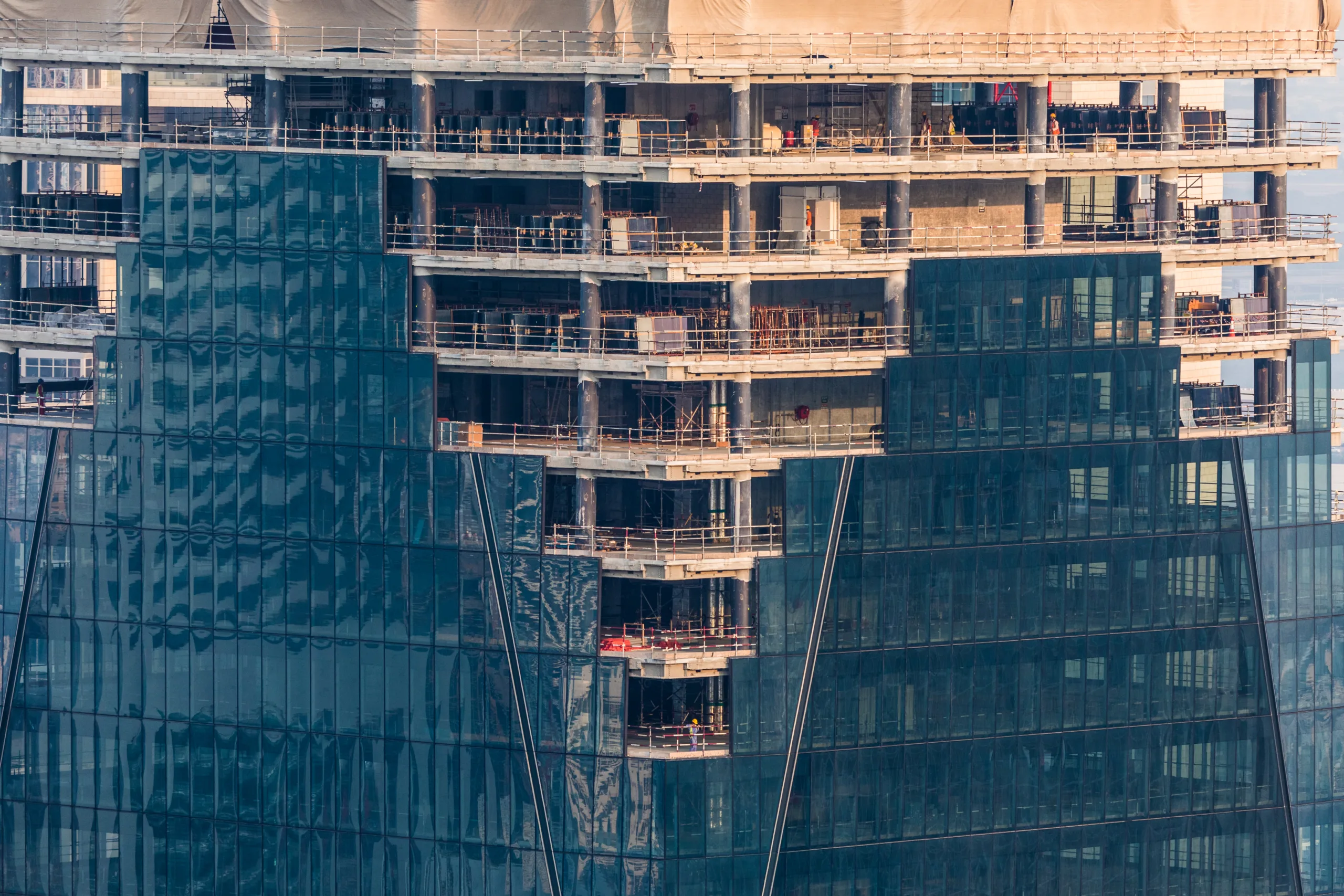- The US economy faces new uncertainty as reciprocal tariffs disrupt markets and inflation shows signs of resurgence, complicating the Federal Reserve’s rate outlook.
- National effective rent growth is forecasted at 2.3% from Q3 2025 to Q2 2026, with just two major metros—San Jose and Pittsburgh—expected to see rent gains above 4%.
- While supply is slowing nationally, over 100,000 new apartment units are still expected to be delivered in just five markets: New York, Phoenix, Newark, Dallas, and Los Angeles.
Uncertainty Returns: Economy Feels the Weight of Trade and Inflation
RealPage reports that the second quarter of 2025 introduced a fresh wave of volatility to the US economy, driven largely by April’s announcement of reciprocal tariffs on major trade partners. The market reaction was swift—equity markets sold off, and the Federal Reserve, which had previously hinted at rate cuts, signaled a more cautious approach. Fed Chair Jerome Powell said that while cuts remain possible, the timeline is now data-dependent, adding further uncertainty to forecasts—including those tied to rent growth.
Inflation continues to show mixed signals. The PCE price index, the Fed’s preferred gauge, edged up through the quarter, landing at 2.3% year-over-year in May—still above the Fed’s 2% target. Rising costs tied to tariffs could further pressure prices in the months ahead.
Labor Market: Holding Steady, But Slowing
Despite external shocks, the labor market showed relative strength, with the US adding 449,000 jobs between April and June. That’s a 13% year-over-year increase for the quarter, though total job creation for the first half of 2025 is down 21% compared to the same period in 2024. Slower hiring could be tied to both macroeconomic pressures and increased automation across sectors.
Get Smarter about what matters in CRE
Stay ahead of trends in commercial real estate with CRE Daily – the free newsletter delivering everything you need to start your day in just 5-minutes
Outlook Update: Rent Growth Slows, Supply Stays Concentrated
Given these evolving conditions, the multifamily sector is expected to see moderate rent growth through mid-2026. Nationally, effective rent growth is forecasted at 2.3%, with significant variance by metro:
- High performers: San Jose and Pittsburgh lead with projected rent growth above 4%.
- Solid growth (3.0–3.9%): Roughly a quarter of top 50 markets fall into this range.
- Modest gains (2.0–2.9%): The largest segment, accounting for 40% of markets.
- Minimal growth (0.1–1.8%): Seen in another quarter of metros.
- Rent declines: Only San Antonio and Denver are forecasted to see small declines (<1%).
Despite a national cooling in construction activity, over 100,000 new units are expected in just five major metros—New York (leading), Phoenix, Newark, Dallas, and Los Angeles—suggesting localized oversupply risk.

Why It Matters
With economic headwinds mounting and multifamily deliveries heavily concentrated, the next 12 months could bring significant market bifurcation. Rent growth may hold steady in more resilient or undersupplied markets but lag or reverse where supply outpaces demand.
What’s Next
Developers, investors, and operators should brace for continued uncertainty through mid-2026. Monitoring inflation, tariff impacts, and labor dynamics will be critical to navigating the next phase of the multifamily cycle.

















